Your cart is currently empty!
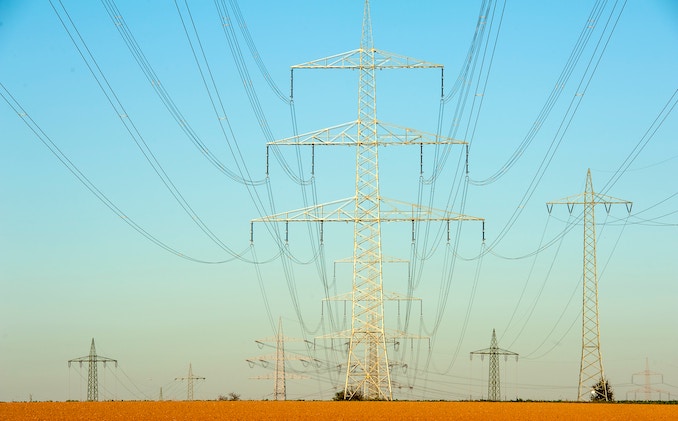
A Short Preview:
“Let’s talk about how to redesign the system so we don’t have to debate about climate change. Just remember that every single thing the racketeers say about climate change, and everything they say they’re doing in response, is a lie.”
~ Charlie Stephens
By Catherine Austin Fitts
In August, the Solari Report published two interviews with independent energy consultant and systems engineer Charlie Stephens that were among our most popular offerings of 2023. Our subscribers’ enthusiastic response shows that many of us are hungry for actionable intelligence about energy.
As we saw in Parts I and II, many “rackets” profit from our current, highly wasteful energy model. The racketeers are now trying to consolidate their technocratic control over energy. Though the challenges posed by central control may seem daunting, there is much we can do—at the household, neighborhood, and community levels—to become more energy-resilient. Finding ways to evolve our relationship with energy, becoming more self-sufficient and productive, will be an important task in the months and years ahead.
Our Part III discussion focuses on some of the practical solutions available. Join us for what promises to be another stimulating conversation about energy!
Money & Markets:
In Money & Markets this week, John Titus and I will cover the latest events and continue to discuss the financial and geopolitical trends Solari is tracking in 2023—and the pushback rocking and rolling us around the globe. Post questions at the Money & Markets commentary here.
Related Solari Reports:
A 21st-Century Approach to Energy with Charlie Stephens, Part I and Part II
Related Resources:
Read This: Before You Design, Build or Renovate (Building Science.com Corporation)
Healthy and Affordable Housing: Practical Recommendations for Building, Renovating and Maintaining Housing (Building America)
Building America Tools and Resources
Building America Climate-Specific Guidance
Home Improvement Expert (Pacific Northwest National Lab)
Building Science Advisor (for architects, designers, contractors, and builders)
50 Comments
Comments are closed.


































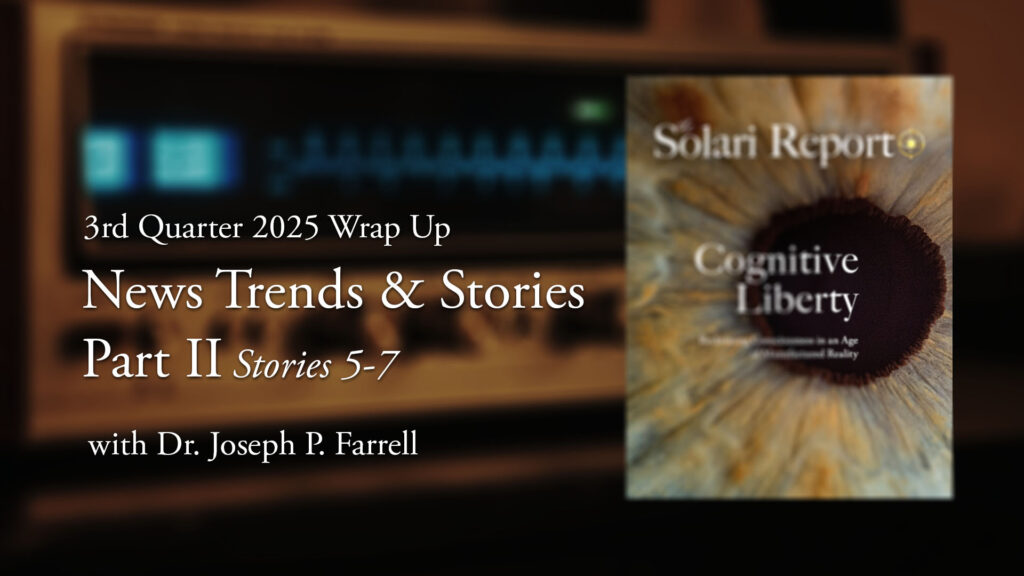
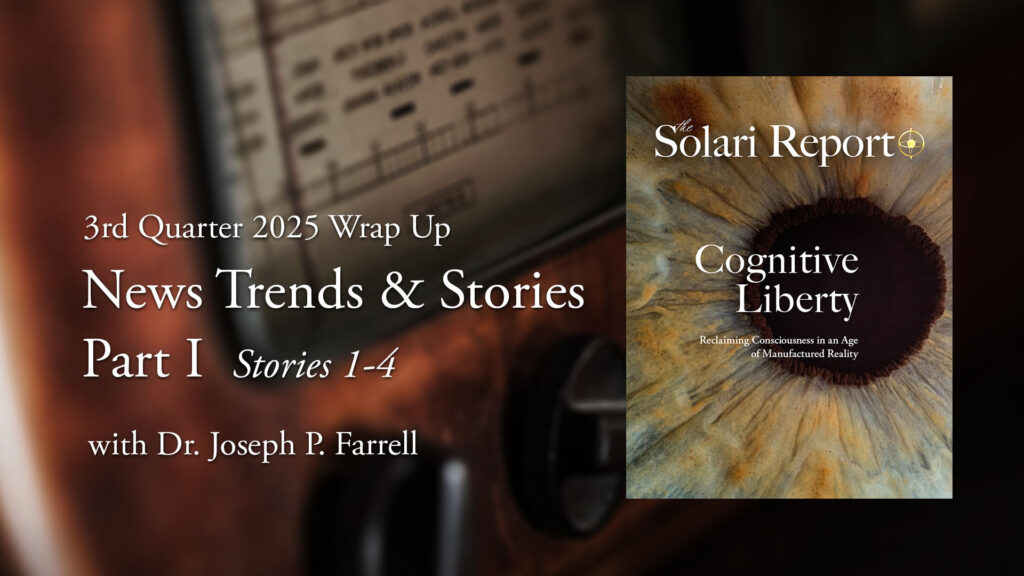










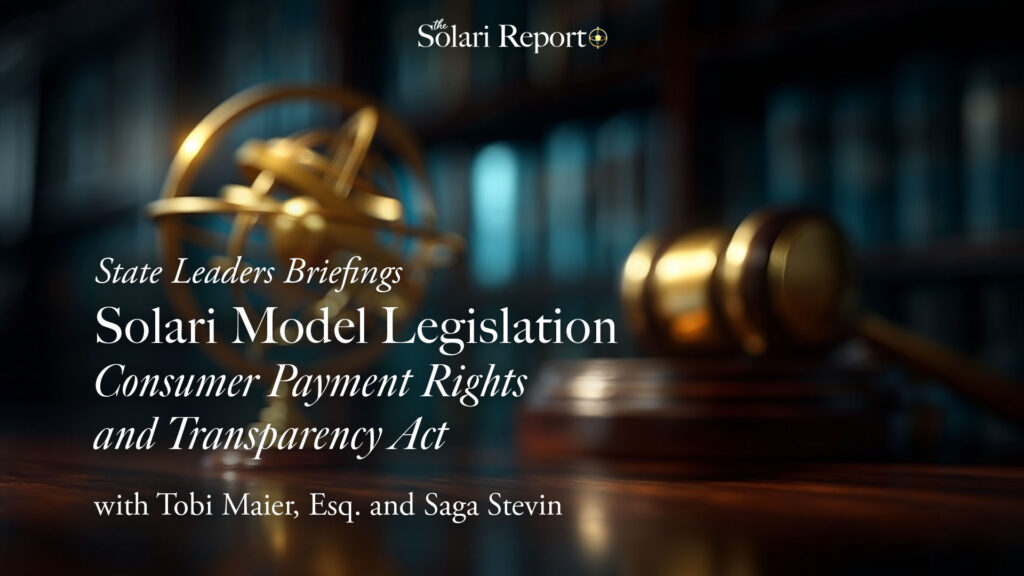









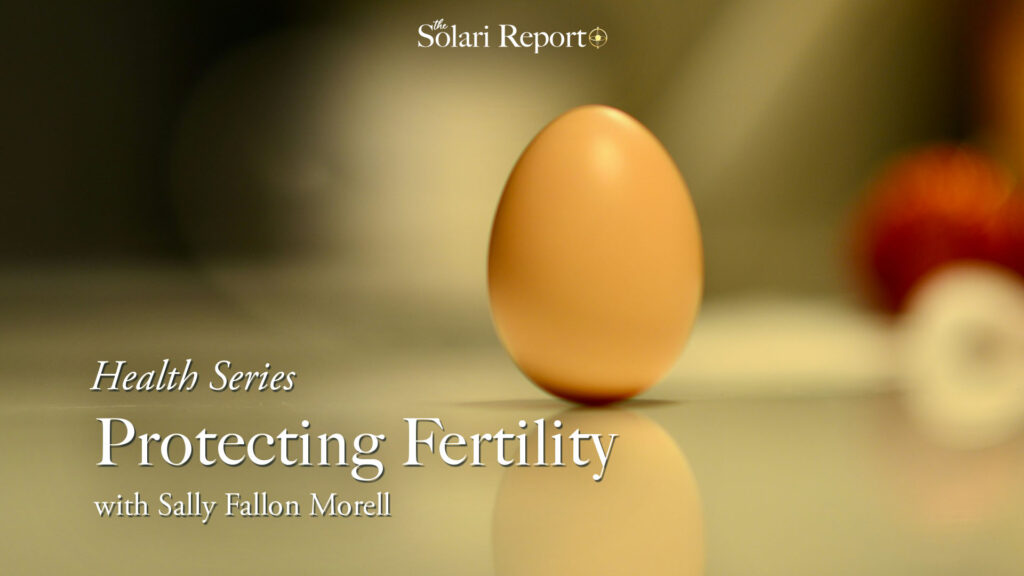




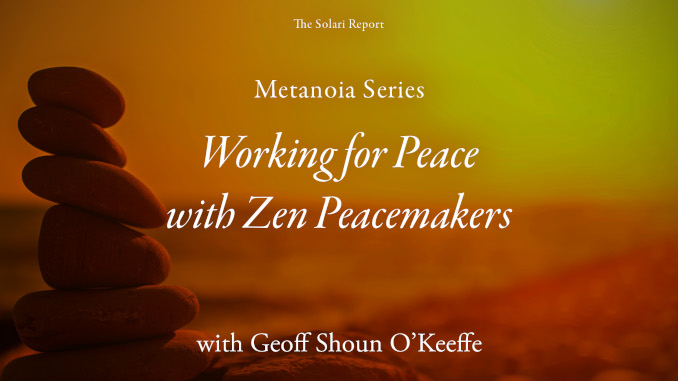



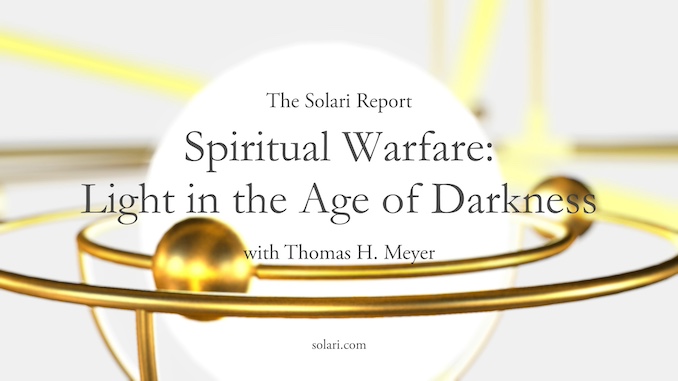




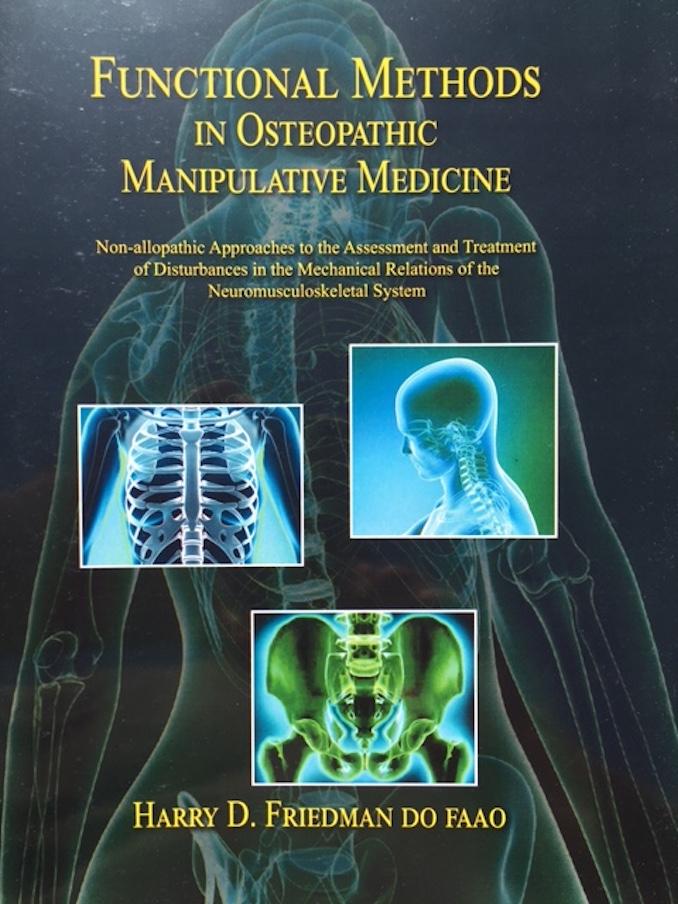



































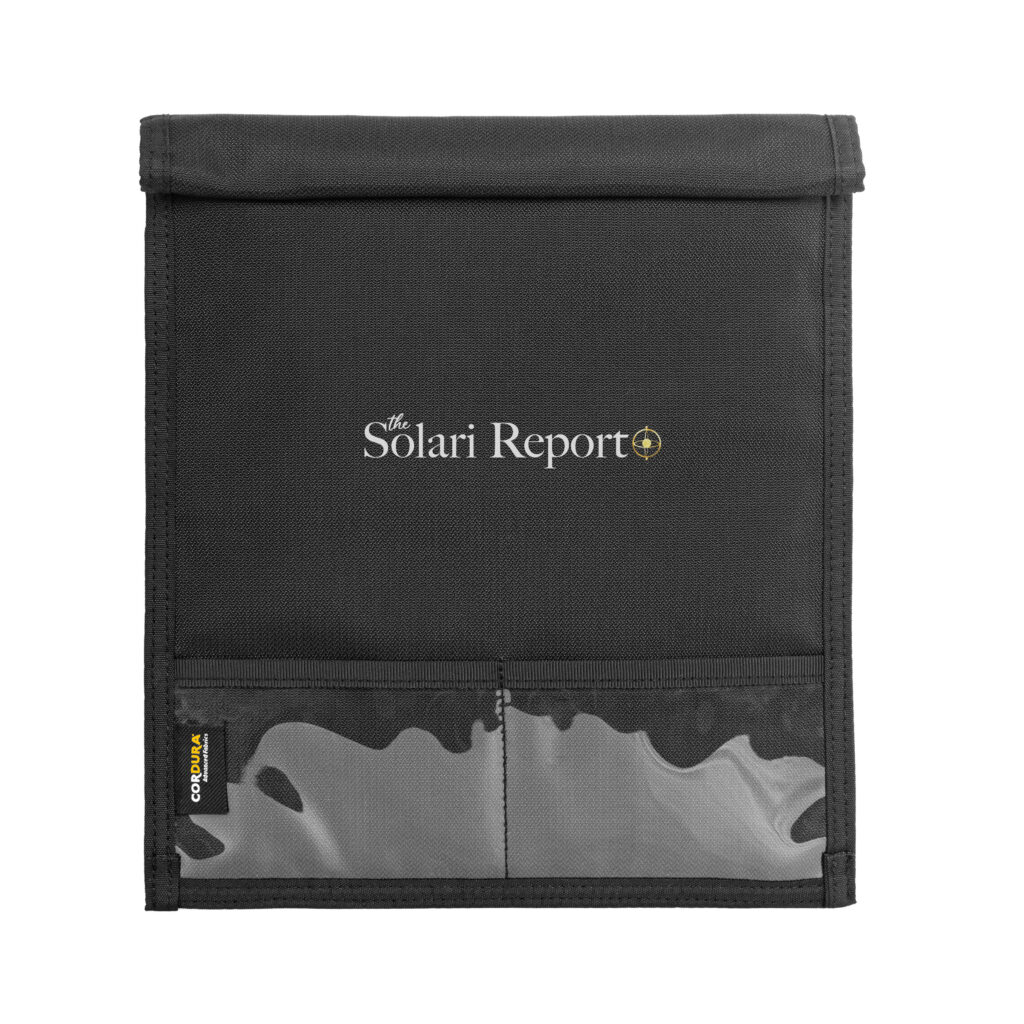
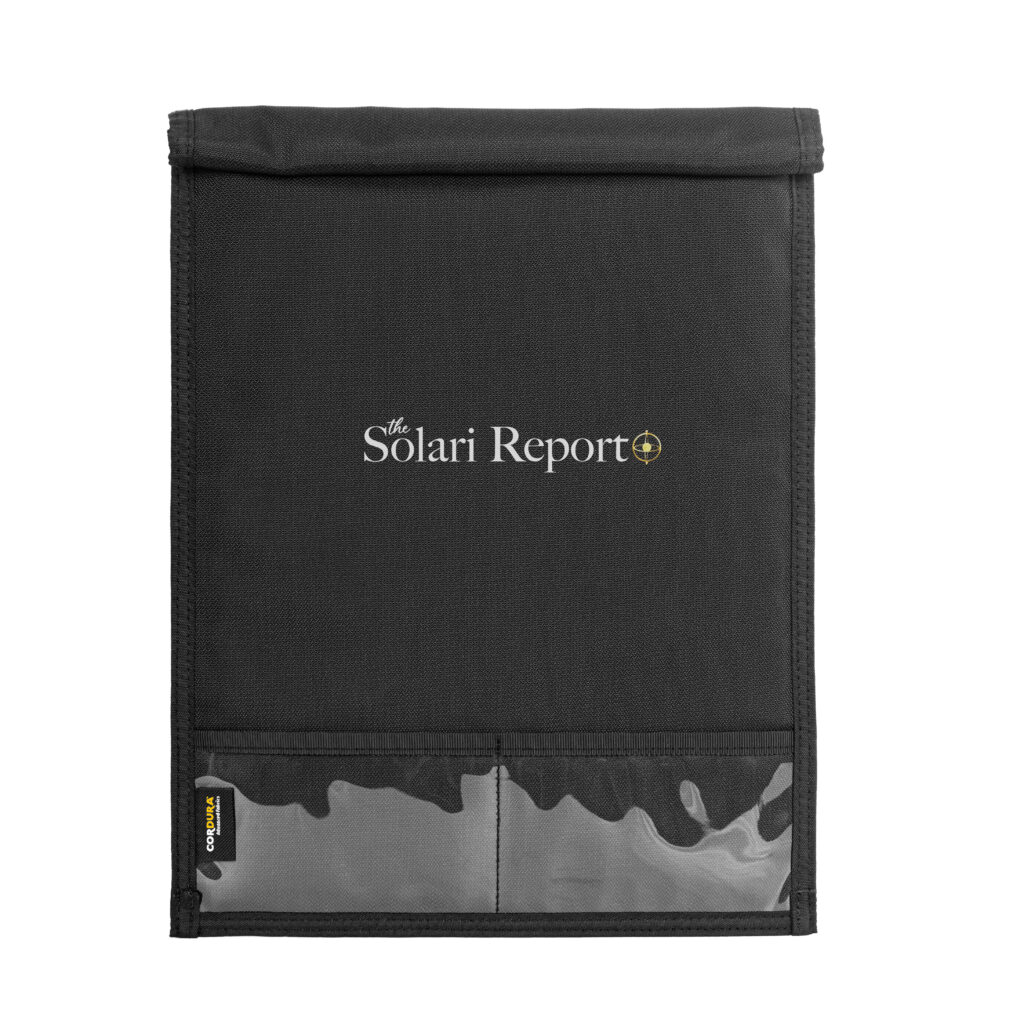
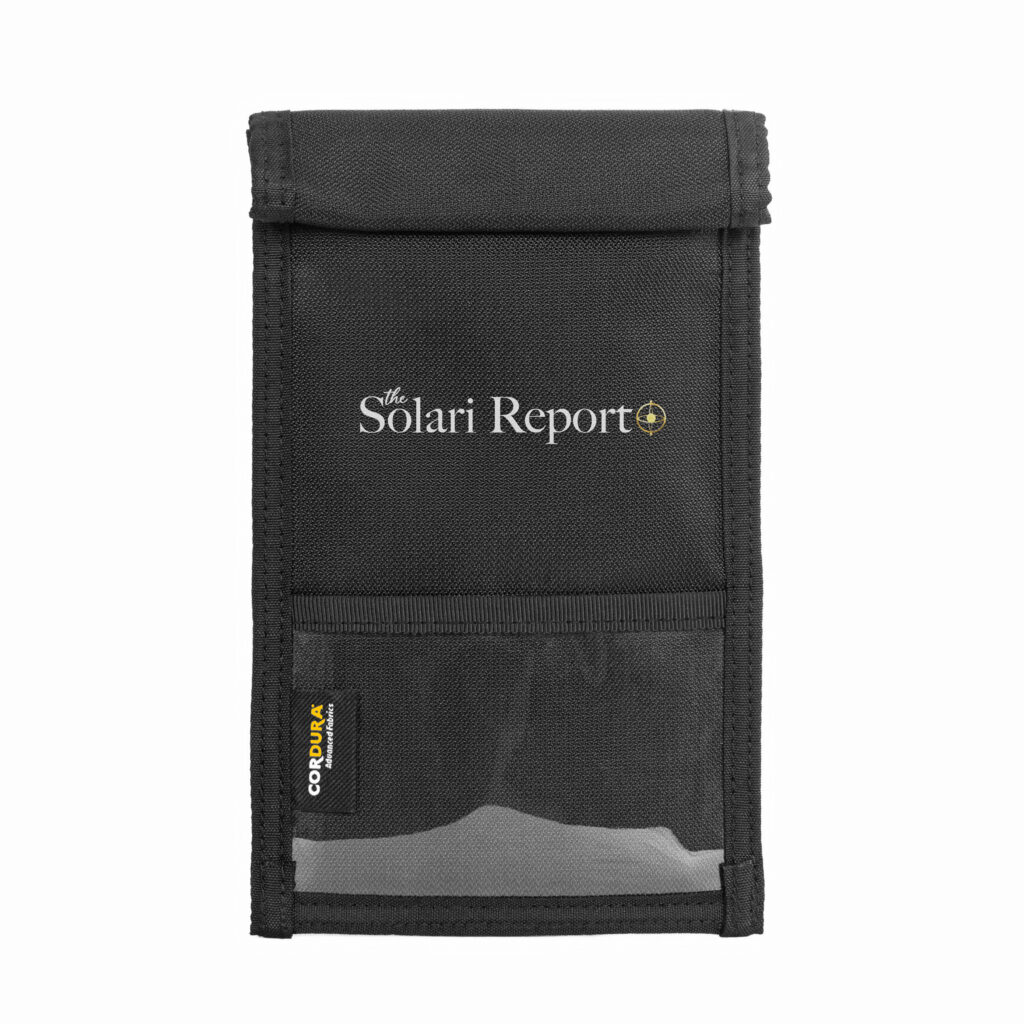



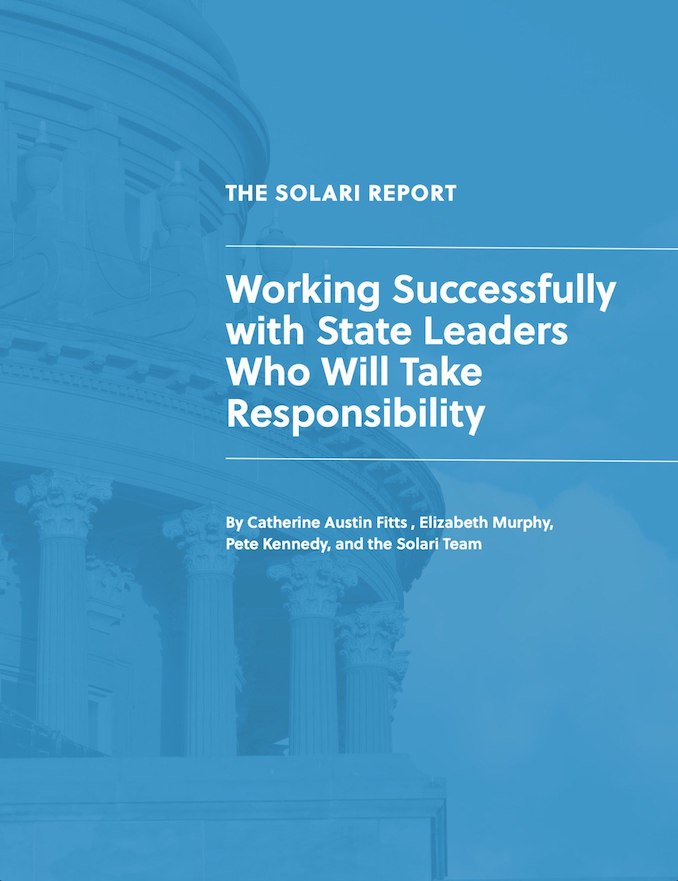
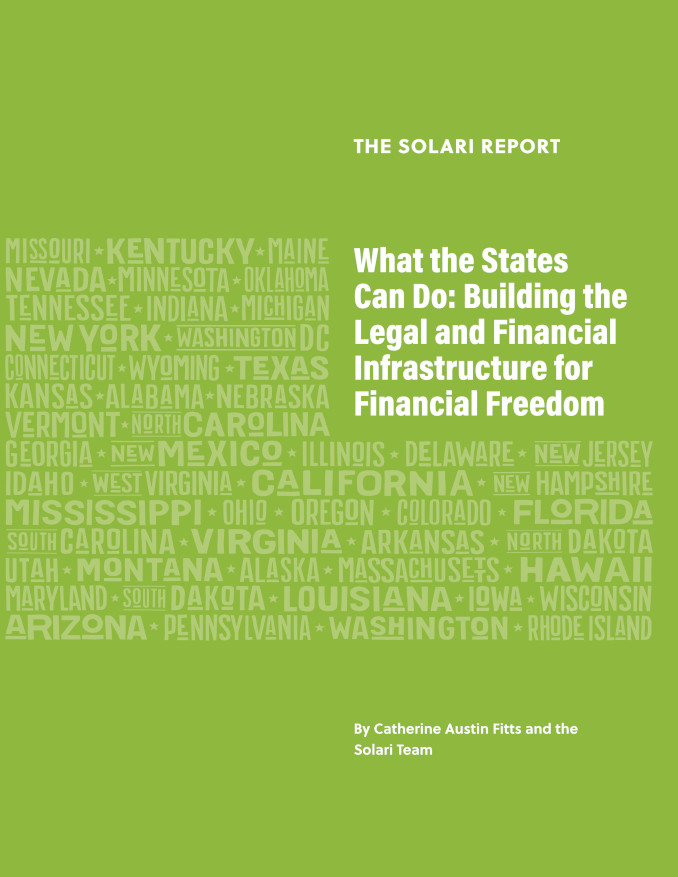

One thing I’d like to clarify about magnetic fields in the bedroom. Magnetic fields should be absent if everything is turned off. However, there should be an electrical field present around the “hot”. Given that there will always be power going to the outlets, as well as to any switches which will be connected to source, then there will always be electrical fields in the room unless the breakers are off. The obvious exception is a building wired with grounded conduit, but it’s as good as never in single-family residential housing. A concern is that wiring to outlets is very often run near the height of someone’s head while in bed. Or, when there’s a ton of romex run in the ceiling or walls, and that is a given when there is a subpanel on either side of one of the walls. Or, more detrimental, when the service drop connects to the house in that area.
Obviously these fields likely don’t mean much, as mentioned, compared to modern wireless radiation, but they certainly can be directly harmful. I had a young family member who had terrible allergies and headaches and couldn’t sleep, and his bed was against the wall where the service drop attached and ran down the exterior. Had them move his bed, and it just about all went away. There were still some allergies, which my first guest would be due to the fields, but this sort of stuff is generally outside most people’s comprehension (or programming).
My bed is on the service drop side of the house. I’ve been thinking about moving it and this post is my call to action. Doing it today!
By far my favorite series:
Charlie you are a Library of amazing knowledge.
Thank you for promoting a zero waste life.
For all the suscribers look for your local refill shop! You will find easier to live a more sustaible way of living.
Thank you Solari and thank you Catherine for bring awareness around this important topics .
Thanks so much, Pam. But in truth, if you live long enough and do certain things for long enough, you can learn some useful stuff. And I’ve collected a LOT of data in my time, more than I can share in any reasonable period of time. I’m happy to share what I’ve learned though, and to keep learning from others. Charlie
My Name is Berwyn, Melissa’s husband, I was educated as an architect in NYC and also trained as a BPI certified building energy analyst in WA state, before our recent move to Tennessee.There were many great points in the discussion with Charlie Stephens and I hope to add some nuance to a couple of details.
To Catherine’s point about the fresh air supply from the crawl space;
crawls spaces have notoriously unhealthy air. The reasons range from moisture, mold and standing water to rodent waste and building material contaminants.
In my experience we would prescribe extreme air sealing on older homes and then install HRV(heating return ventilation) units to achieve the x3 building air changes/hour that Charlie mentioned. The HRV uses a largely passive structure that exchanges the outside fresh air temperature to the conditioned interior temp before it enters, so the hvac system does not have to work has hard to condition the new fresh air. As well, it has a changeable filter to abate outside contaminates.
Another point was that a considerable efficiency sink comes from ‘vampire loads’. This refers to electrical appliances and devices that trickle energy use while they’re turned off. Think of appliances that have a lighted clock visible when its not on or being used. We found our home to be almost illuminated at night by unused appliances.
Also, any device that uses a remote control has to have power to receive the command from the remote and react to it. Exactly how much is unknown, but the utility companies that employed me to do energy audits were very concerned about them. The remedy was to plug all vampire load devices into a power strip that could be switched off at night. Dr. Klinghart recommends turning the power off (at least to the bedroom) at the breaker panel before bed.
In summary, building energy is also building health and Catherine is correct, it should be part of a fundamental education. I can’t emphasize enough how much trade contractors need to be kept honest during building energy and weatherization upgrades. It does not mean they’re not good/honest contractors, just unaware. A building environment is a symphony, good or bad.
It needs a director to take responsibility for how it performs. Architects are not
typically trained in building science and worse don’t recommend employing one to police themselves in their own process.
Hello, Berwyn. I like all of your input here – all very true. For instance, you’re absolutely right about crawl space air, for all the reasons you cite. It’s not a bad idea, by the way, to pull some of the extract air for the HRV or ERV from the crawl space. Radon is another big crawl space issue for some areas and people who are doing weatherization work that includes air sealing should know what their local radon conditions are likely to be. If in doubt, the air can be tested.
I’m very much in favor of HRV- or ERV-based ventilation systems, but they can be very expensive, especially to retrofit. One also has to be aware that if you have a very efficient heating and cooling system (like a variable capacity heat pump), some HRVs and ERVs use more energy than they recover. I created the country’s only tax credits for residential HRVs and ERVs in 1999 and had to do a lot of research in order to avoid providing credits for increasing energy use. In general, you should use an HRV or ERV with a Sensible Recovery Efficiency (SRE) of at least 75 percent. In 2006 I worked with the Swiss company Zehnder Group to bring their line of high performance HRVs and ERVs to the North American market and they’re pretty well established today. At the moment, I’m using a line of very high efficiency commercial HRVs and ERVs (SRE 85 percent and up) to reduce the HVAC energy use of existing commercial buildings by about 70 percent. The ventilation system is key to that reduction. As you point out, the best ventilators come with good filtration (MERV 13 on the supply side) and can filter out a lot of harmful pollutants.
You’re also dead on about vampire loads. The worst case I saw documented was a standard tract home in California that had a phantom load of 787W – with everything “off” – about twice as much as a new refrigerator-freezer uses when it’s running. As Catherine might suggest, you can start reducing your vampire loads by getting rid of Alexa and Ring and your Nest thermostat and all of the other “connected” appliances that provide data for the rackets.
You’re also right that most architects aren’t trained in building science, as my several architect friends have attested. But then most doctors have no formal education in virology or immunology, and look where that’s gotten us. Charlie
Wow! 787 watts for “instant on” TVs and computers, internet modems & wi-fi, DVD players, etc. That’s 567 kWH (kilowatt hours) per month, which is just over half of my small all electric home’s summer usage. But I got rid of cable and internet modem 4 years ago, have older tube type TVs (but those are somewhat instant on), and 1 VHS player plus 1 VHS / DVD combo player that draws phantom power. And 1 digital clock radio. Never had Alexa or Ring, but do have a digital thermostat control for my Central AC unit.
Home Economics in high school? Not any more. Yes, they had those classes in the 1970’s, but they were phased out in the late 80’s and 90’s in Texas, Florida, Louisiana, and Arkansas that I personally witnessed. I was in industry for 35 years as a Chemical Engineer. In between jobs I’d substitute teach in middle school and high school. (Education was my 2nd love, even industrial training.) Then I semi-retired and taught at community college & vo-tech teaching industrial operations, automation, and maintenance. Juniors and Seniors from local High Schools were bussed in every day for a 2 hour class. I asked them, and they had no clue about home economics or budgeting or cooking. Even the young adults I taught in the evenings had no idea about this either, never heard of that in their high schools. The local state Workforce Development group then started offering “Adulting” classes in the adjacent building. I asked what that was and it was to teach people how to be an adult – how to write a check, how to budget, how insurance worked – life, house, car; and how credit cards worked and how to set priorities to manage cash. I’m glad my mom taught me. In fact, when I was about 15 she’d have me write the checks for the water bill, the electric bill, the natural gas bill, and she’d sign them. Later she even would sign a blank check for me to go grocery shopping (up to a limit) after school while she worked. And then I would cook supper. So I grew up with this and somehow assumed everyone else did, too. Boy was I naïve as to other families.
The community college also started to offer Culinary Arts classes, but students didn’t necessarily want to run a restaurant or become a renowned chef. They just wanted to learn how to cook – cook a roast; how to prepare vegetables; how to use various herbs and spices like sage, thyme, oregano, nutmeg, coriander, cinnamon; learn about different fruits other than apples, bananas, oranges, and grapes, which is all they ever ate – never had cherries or blueberries even though they were available in grocery stores; how to bake whole wheat bread; how to make and bake a cake from scratch; how to make an apple pie; how to make muffins; how to even make their own dough to make a pizza at home; how to boil an egg and not have it scorch in the shell. These basics are no longer offered in public high schools.
I think I fall into Ted’s category, having been raised in a family of 8 where all of us did yard work, housecleaning and maintenance, and cooking. As I look back, I find that all of the males in my extended family do a lot or most of the cooking in our families, and we know what healthy food is (and what “food” isn’t healthy). I don’t remember any of this being taught in schools to other than the girls (boys took shop and girls took home ec.). I’m guessing that as the number of kids who grew up in families where none of this was taught at home, the numbers of parents who couldn’t or wouldn’t likely teach their children these things at home grew exponentially, until the “adult” population became very much the exception. I also know how to fix most things (that aren’t electronic – those things aren’t meant to be fixed), and I know how to build or remodel a home or whatever. My father taught me those things before I was in high school.
It would be very helpful if more kids grew up learning these simple but important skills, but I despair of the notion that they’ll have parents who are skilled enough themselves to teach these things. Charlie
ABSOLUTELY. The absence of education of practical skills is appalling – designed to create highly dependent people. I am getting so many reports of young people who are clearly poisoned, without the vitality to seek out and learn such skills.
Yes. I had shop in 7th grade. Still have my little black walnut bookcase I built there in 1970 in Texas. It was boys only. Girls took home ec, ~10th grade, no boys allowed. In teaching @ community colleges 2015-19, I was shocked to find very few of the 86 students (maybe 5 or 6) I had in that period knew how to read a tape measure or ruler. I learned that in 4th grade, plus my dad was a welder in the shipyards and my uncle was a carpenter, so measurements were reinforced at home. It was a fun day, but also sad, when I drew 1 inch on a 20 foot wide white board. Then divided it into 1/2, 1/4s, 1/8s, 1/16s using different colors, and pointing out 2/16ths = 1/8th, etc. Then we measured things, the classroom, the tiles on the floor, washers, bolts and nuts, gaskets, our handspans, length of our thumbs to first joint. Then I switched to metric, I drew on the board and we measured again. The students had a blast each semester. And the lack of knowledge of measuring was not limited to race as I had whites, blacks, hispanics, and students from Nepal, Nigeria, Thailand, and Egypt in my classroom.
Ted:
For quite a while I have considered this one of the most shocking aspects of US curriculum. I went back once and looked at the curriculum of grade and high school equivalent in Texas in the 1800s; All the kids of German immigrant farmers were learning complete farm economics at a young age. It was a comment on the purposeful ignorance of current US public education.
yep, dumb down the population and they’re easier to control.
Quite interesting about the curricula way back then. Even though I grew up in Texas, I never knew this. We did learn about the German immigrants founding Fredericksburg, Schulenberg, and New Braunfels in Texas history (7th grade), but just that they settled there and some got elected to the state legislature. We did have Ag classes at my high school in East Texas in the ’70’s where I hope they did teach farm and ranch economics. Not sure since the only interaction I had with them is when I cut a potato in half at home to cook and found some sort growth inside that had a pattern like a tree. I took it to school the next day and went to the Ag teachers during home room to identify it. All of the students gathered around to see it. It was some sort of potato virus. I was like Charlie in that I was focused on Science, Physics, Higher Math, and Chemistry in high school, so my friends were more “sciencey” guys. But I still respected the Ag students since they were the future farmers and I like to eat, plus a local ranch would sometimes let me ride their horses.
Amazing what horses can do to help build relationships!
I’m wondering whether anyone can suggest or guide me toward an organization or attorney who is addressing public utility “implied consent” regulations. I’ve run into a situation in Pennsylvania where I was passed by PECO to an alternate energy supplier without my knowledge or consent, charged escalating fees by them for years without my knowledge or consent (because I stupidly agreed to “go paperless”. I was passed to a shadow energy supplier and had no awareness of it, 9 years ago, but only found out about it 6 months ago. My complaint to PA Utility Commission (PUC), filed 4 months ago, was investigated, and PUC came back with a decision stating that I gave “implied consent” because PECO claimed they sent me a letter notifying me of the changed supplier and the escalating rates, and that when I did not respond to the letter (that I never saw) I gave my implied consent. Implied consent is also how these smart meters were forced on us all. The Pennsylvania Utility Commission investigator who made a determination in favor of PECO in my case, stated that a certain regulation (that she could not immediately cite) allows utility companies “implied consent”, where the utility company states they sent a letter (no proof required) and the utility company states the customer didn’t respond, so utility company can claim implied consent. I asked the investigator what is to stop some other bureaucracy from writing some other regulation that gives any entity the right to take my home, children, savings because they claim they sent a letter but I didn’t respond, and so may take implied consent to grant them my home, for instance. The investigator agreed that there is nothing preventing. I wonder if there is anyone out there who is already fighting this “implied consent”?. I’d like to join them. Implied consent regulation is really chilling, when you’re face to face with it, and it happens to you.
Hi, Carol. I’m afraid I don’t have a lot of direct experience with regard to “implied consent.” In other contexts, this might be related to “opt in” versus “opt out.” It sounds like you were opted in because you didn’t opt out. Not that opting out was an option, mind you.
Some of your victimization was likely driven by the frenzy in the late 1990s by the electric utilities to “privatize.” This was the disaster in California that resulted in the looting of $71 billion from the California economy be the likes of Enron, Duke Power, Sempra, etc. This resulted in a whole new set of toll booths in the energy economy, like the one set up by your new supplier. They can’t make any money, compared to PECO’s provision of service, without adding a bunch of fees and surcharges. But in general, I’m not sure you could opt out of the conversion of service you experienced. Ultimately, the power to rein in these grifters rests with the public utility commissions, and there is a good bit of corruption in those institutions. In California, the CPUC allowed Enron and Dynegy and Duke Power and other players in the new California “markets” to write the rules. No surprise that it was set up for looting.
There are a specialized group of attorneys who deal in these realms but I’m not familiar with the ones in your part of the country. Sorry about that. But I wish you success in pursuing some sort of restitution. Where I live, power is provided by a co-op, so I feel lucky. Charlie
Mr Stephens, will you do a speaking engagement geared towards facility managers? Either in-person or virtual, I am on a committee to schedule the 2024 year events and I believe the facility managers (for commercial buildings) would benefit to hear from you!
Hi, Sarah. I would likely have to do this as a virtual thing, but absolutely – yes, I’d be happy to talk with you about what you would like to have me address. As it happens, a lot of my work right now is in reducing the energy use of HVAC systems in commercial buildings – of all occupancy types. Our typical HVAC energy savings, on an EUI basis, are 70 percent. You can send me an e-mail at cmstephens14@icloud.com and we’ll figure out a time to talk. I don’t charge for my time in this work anymore – it’s just a passion of mine in semi-retirement. Charlie
Thanks, I’ll send you an email, looking forward to it. ?
Just today I decided to run a sanity check on some calculations for heat pumps vs high efficiency boilers (furnace) in UK homes. Much depends on the price of fuel and electricity. It turned out that the figure of grammes of CO2 per KWh for electricity was twice our current value.
As an aside, as the temperature falls, so does the COP efficiency of the heat pump. I figured that once the COP falls below 1.9 the boiler/furnace is cheaper to run. If the COP falls below 1.2 then the heat pump produces more CO2 than the boiler/furnace.
I have no notion of the temperatures that might drive these changes.
Hi there, Richard. You’ve raised some useful issues here. You bring three perspectives – efficiency, CO2, and cost of operation – to the table, so I’ll start with the efficiency part and address the others toward the end.
In North America we have 3 different types of heat pump systems – single-stage, 2-stage, and variable capacity. Except in New England and in a lot of commercial buildings, gas-fired boilers are not nearly as common as gas forced air furnaces, but we have the same options as Europeans do when it comes to boilers. Condensing efficiency systems, both furnaces and boilers, are becoming very common. They have efficiency ratings (AFUE here) typically between 90 and 96 percent. Heat pumps here have an HSPF (Heating Season Performance Factor) rating. I emphasize ratings because the ratings aren’t comparable at all, and the testing and rating procedures do not at all reflect how the product, or the whole system (with all of its pumps, fans, duct or piping losses, etc.) will actually perform in a building.
If everything were rated with a Seasonal COP, for specific climates, then they would be comparable, but only if tested while operating as they do in the building, which they aren’t, yet.
The furnace and boiler testing is done at a steady-state full firing rate, and the rating does not include any of the electricity used by the product. The COP of a 95% AFUE furnace (only the gas combustion efficiency while the furnace is running steadily at its maximum rated output) is 0.95, and is largely independent of the outdoor ambient conditions. However, to heat the building as the heating load varies with outdoor temperatures, the system starts and stops, which creates what are called cycling degradation losses. In the mildest heating conditions – say 10-15C – the system starts and stops a lot, and the losses can be more than 25% based on the lab testing we’ve done. If we add these losses in, and we add the electricity used, which for a forced air furnace with a not-so-good fan can be quite a lot, you end up with a seasonal COP of about 0.75. And if you add ducting or piping losses, you’ll be down in the range of 0.67-0.74. A LOT lower than the ratings you’re probably using for your comparisons.
Heat pumps have their issues, too, as you point out. They’re not tested and rated in a way that is representative of how they operate in a building either. Until now. For the last several years I’ve been the co-chair of a Canadian Standards Association (CSA) Development Committee that created a whole new set of procedures to test and rate heat pumps and air conditioners, called “load-based testing.” The systems are tested with a load that’s representative across a wide range of outdoor ambient conditions, operating under its own controls. The resulting Seasonal COPs, for each of 8 climate zones, are quite different than with current testing and rating.
Single-stage heat pumps turn on and off under low-load conditions, just like the furnaces and boilers, so they have cycling degradation losses, too, and only slightly lower than for the gas-fired equipment (15-20% under the lowest load conditions mentioned above). Two-stage equipment improves that quite bit by being able to operate using longer cycles at lower capacities in the low stage. However, the variable capacity equipment nearly eliminates cycling degradation losses by being able to vary output across a wide range of capacities, to match the wide range of outdoor conditions. Their Seasonal COP ratings using our testing regime are quite a lot better than the older technologies – typically between 3.2 and 3.6 in the heating mode.
When it comes to capacity and efficiency, your concern about low heat pump COPs is probably misplaced, but that’s because you’re having to use ratings from a poor testing and rating regime. It’s true that at very low temperatures (say -15C), COPs can fall below 2.0, and for the older technologies, capacity starts to fall off at about 0C, and for many models will be less than 75% of full rated capacity by -15C. However, the cold-climate-capable variable capacity models hold their full rated capacity down to -15C before it starts to fall off. COPs for these tend to be around 2.2 to 2.3 at -15C.
However, a seasonal rating weights the COP performance by the number of annual hours that outdoor temperatures are experienced in each climate zone. For instance, in North America’s typical coldest climates (like those in Minnesota or Manitoba), the number of operating hours below -15C are only 8% of the total heating season operating hours. Most of the hours are between 0 and 10C, where the heat pump COPs are much higher (over 3.0).
So when one does comparisons of performance, especially if you’re looking at CO2 and annual cost, you should use annual ratings. Fortunately, I’ve gathered enough data over the last 25 years or so, in the lab and in buildings, to have a pretty good handle on those, but most people won’t have access to that needed information until we test and rate appropriately. We’re working on that. There’s an ISO Technical Committee (TC86) evaluating our CSA work now.
When it comes to CO2 and operating cost, as you point out, it’s very energy utility-specific, and it changes over time. If your electric grid is coal-heavy, electricity will have a higher CO2 footprint, of course. If you had a 100% renewable grid, it would be much smaller. You’re also (I think) looking at CO2 production at the site where the equipment is being used. However, the actual CO2 footprint of a fuel starts at the mine mouth, literally in the case of coal. Fossil fuels have a very hefty CO2 footprint before the fuel or the electricity it produces reaches your home or business. The digging/drilling, processing, transporting, refining and delivering generate a LOT of CO2 that most people either aren’t aware of or would prefer to ignore. Fracked natural gas is particularly ugly in that regard. I took all of that stuff into account when I did my first impact comparison for heat pumps and condensing gas furnaces (for the Oregon Public Utility Commission) back in 1994. At the time, all it took was a seasonal COP of 2.4 for the heat pump to win the contest. Granted, our Pacific Northwest electric grid was 40 percent legacy hydropower at the time. But since then, all but a tiny fraction of our coal-fired electricity has been retired, and the heat pumps have gotten a lot better (while the gas furnaces really haven’t). Since 2005, half of U.S. coal-fired generation has been retired and things are still moving in that direction. So any analysis will have a limited shelf life these days.
Costs, too, are utility-specific. My utility is a co-op and has very low rates. People in New York and California here in North America aren’t so lucky. And projecting future costs is a perilous exercise anymore. So I don’t give comparative cost too much weight.
As I try to convey, I tend to see things in a “whole system” perspective, taking all of the nuances I can learn about into account when I’m trying to make good decisions about how to conduct myself as a human here on our beautiful planet. I’m always happy to help others in that regard where what I’ve learned is useful. Hope I did a bit of that here. Let me know if I’ve missed anything. Charlie